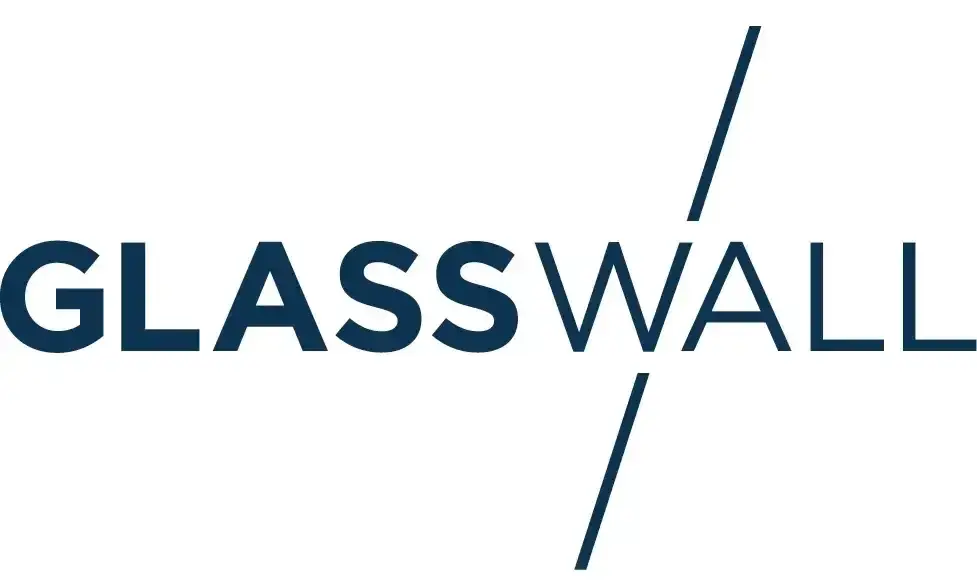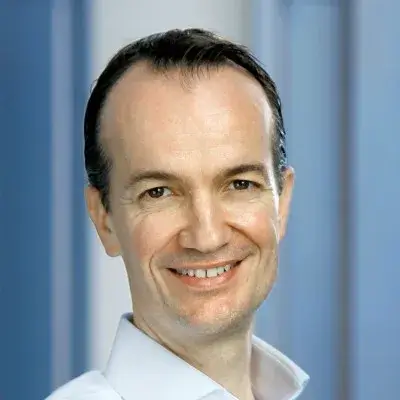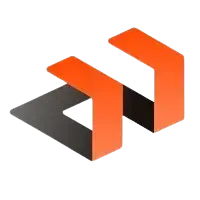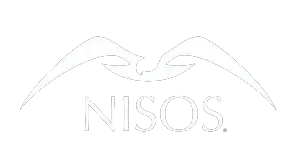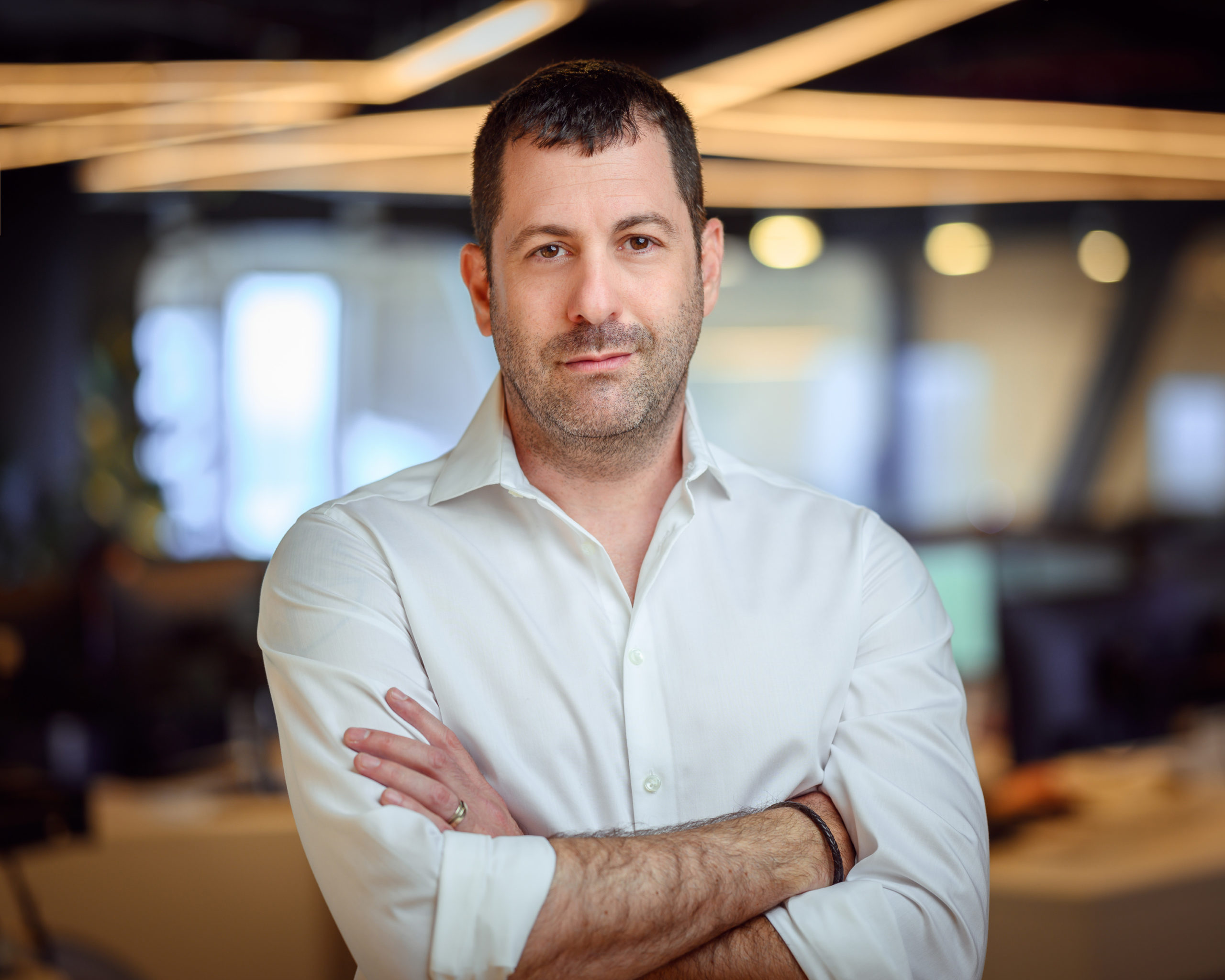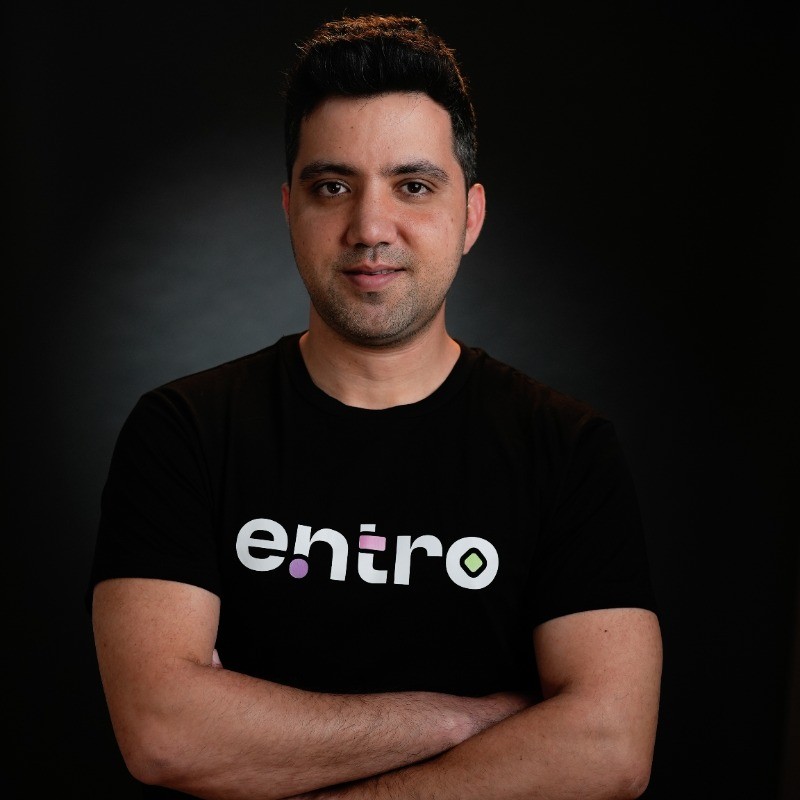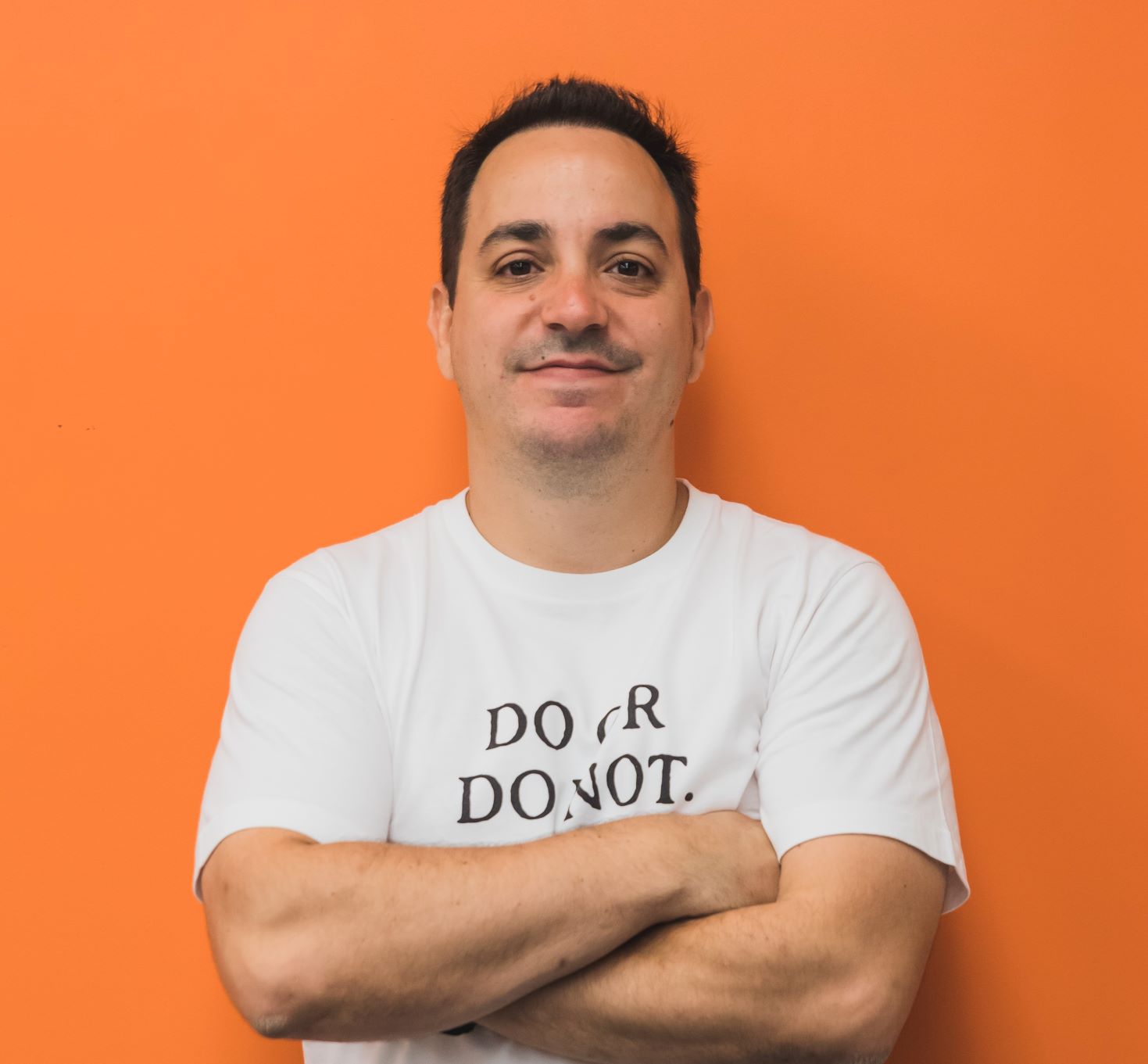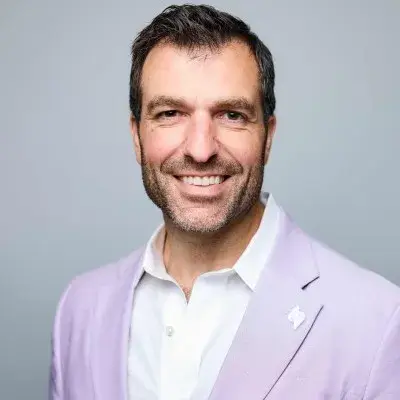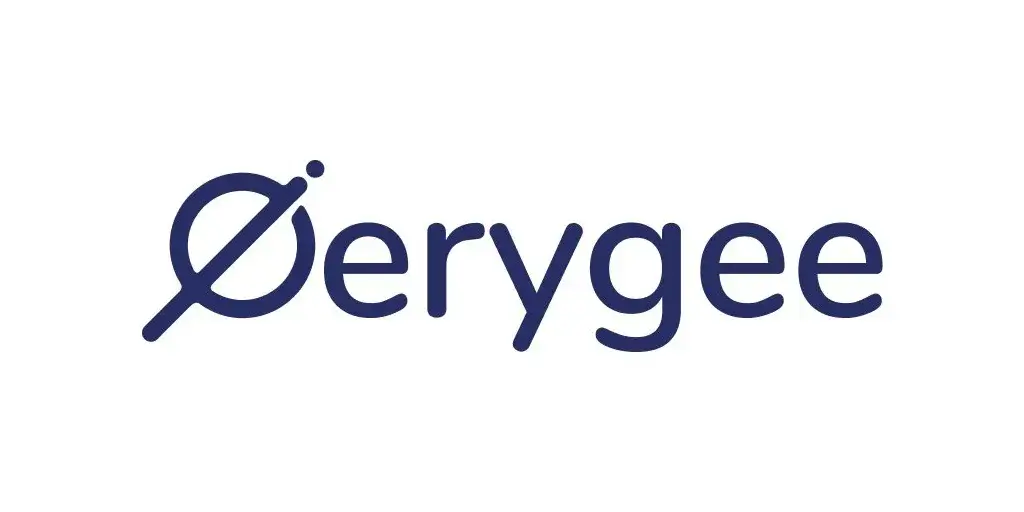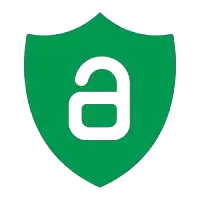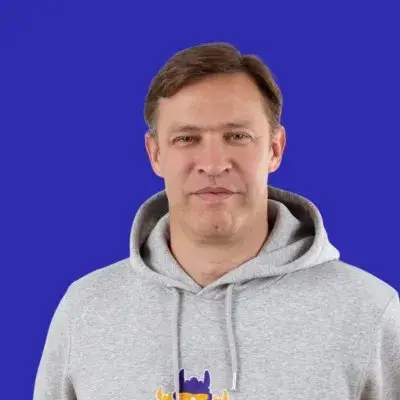Ready to launch your own podcast? Book a strategy call.
Frontlines.io | Where B2B Founders Talk GTM.
Strategic Communications Advisory For Visionary Founders
Conversation
Highlights
From SMB Struggles to Fortune 50 Success: Silent Push’s Unconventional Path to Enterprise Sales
Most cybersecurity startups follow a predictable path: start with small businesses, gradually move upmarket. Ken Bagnall, founder and CEO of Silent Push, discovered this conventional wisdom was completely wrong.
In a recent episode of Category Visionaries, Ken shared how Silent Push captured 50% of Global Fortune 50 companies within 18 months of launch. But before this remarkable achievement, he learned some painful lessons with his first cybersecurity startup.
The SMB Trap
“It’s pretty horrific, to be honest,” Ken says about his first company’s strategy of selling sophisticated email security through MSPs to small and medium businesses. Despite building incredibly complex detection capabilities, the appreciation for their technology was missing. “We used to do incredibly complex things in that email security product and detect all sorts of things that other people couldn’t. But it was a complete waste of time because the customers didn’t know if you’re stopping it or not.”
Everything changed when FireEye acquired them. Suddenly, enterprise customers were calling, amazed by their capabilities: “How the hell are you guys managing to stop this? No one can stop this stuff.” The revelation hit hard: “Oh my God, we just wasted so much time in our lives selling to the wrong people. This is our actual audience.”
The Three-Year Build
Learning from this experience, Ken took a radically different approach with Silent Push. Instead of rushing to market, they spent three years building their platform – becoming “one of the most aggressive data collectors” in the world to monitor all changes on the Internet daily.
“It’s a tremendously difficult thing,” Ken explains. “We monitor all changes on the Internet every day and we collect all the information ourselves… we’re equally monitoring all infrastructure that exists as the threat actor infrastructure.”
The “Small Room” Strategy
Rather than broad marketing campaigns, Silent Push adopted what Ken calls the “shout loudly in a small room” approach. They identified tight-knit threat intelligence communities within industry verticals and positioned themselves as experts.
“We offered ourselves as experts for all of these different threat intel groups,” Ken shares. “When they’re concerned about something that’s going on, we would always speak… we give information so that people get to know who we are. And it raises our brand awareness for sure. And you also establish an awful lot of trust.”
Rethinking Free Products
While many cybersecurity companies struggle with free products, Silent Push developed a unique approach. “One of the things that we want to see is whether our free users are clever or not,” Ken explains. “What do they do with your product? Do they do kind of the obvious or do they start playing around and doing some clever things? Because then they’re probably from a pretty decent and mature team.”
This strategy paid off spectacularly. Ken recalls how “the largest company in the world came to us, they’d been using us for six months before we really knew. And by the time they booked the first meeting with us, they’d like 13 people on the call and stuff. And they all knew everything about what we could do.”
Breaking Industry Assumptions
Perhaps the most surprising insight from Silent Push’s journey is that enterprise sales isn’t necessarily harder than SMB. “It is just as easy to sell to the largest company in the world as the smallest,” Ken asserts. “That’s a complete illusion.”
The key is market fit. As Ken explains, “The United States enterprise market is definitely far more open to new ideas… It’s easier to start here and then take on the rest of the world than start somewhere incredibly difficult.”
Looking ahead, Silent Push is focused on global expansion and reaching smaller companies through technical partnerships. But one thing remains clear: sometimes the conventional wisdom about B2B sales is completely wrong. The key is finding the right audience who truly values your innovation – regardless of their size.
Actionable
Takeaways
Focus on markets that appreciate technical depth:
Ken's first company struggled selling sophisticated email security through MSPs to SMBs who couldn't appreciate the technical value. After being acquired by FireEye, they discovered enterprise customers who deeply understood and valued their capabilities. This taught them to focus Silent Push exclusively on enterprise customers who can recognize and properly value technical innovation.
"Shout loudly in a small room":
Silent Push's early GTM strategy focused on penetrating tight-knit threat intelligence communities within industry verticals. By establishing themselves as experts in these concentrated groups and consistently sharing valuable insights, they built strong brand awareness among their exact target customers. The strategy proved highly effective, helping them land major enterprise accounts quickly.
Build the right kind of community product:
While many security companies struggle with free products, Silent Push succeeded by requiring user authentication, monitoring usage patterns to identify sophisticated users, and actively nurturing promising accounts. Ken emphasized that it's not purely product-led growth, but a "weird hybrid" approach tailored to their market position.
Leverage research strategically:
Rather than joining the "echo chamber" of threat research, Silent Push focuses on uncovering and publishing novel findings that demonstrate their unique capabilities. This approach not only builds credibility but creates content that can be monetized across multiple customer segments affected by the same threats.
Take the right path to the CISO:
Instead of pitching CISOs directly, Silent Push targets threat intelligence teams who can validate their technology hands-on and become strong internal champions. This circumvents initial skepticism about threat intelligence products at the CISO level by letting the technology prove itself first.


























